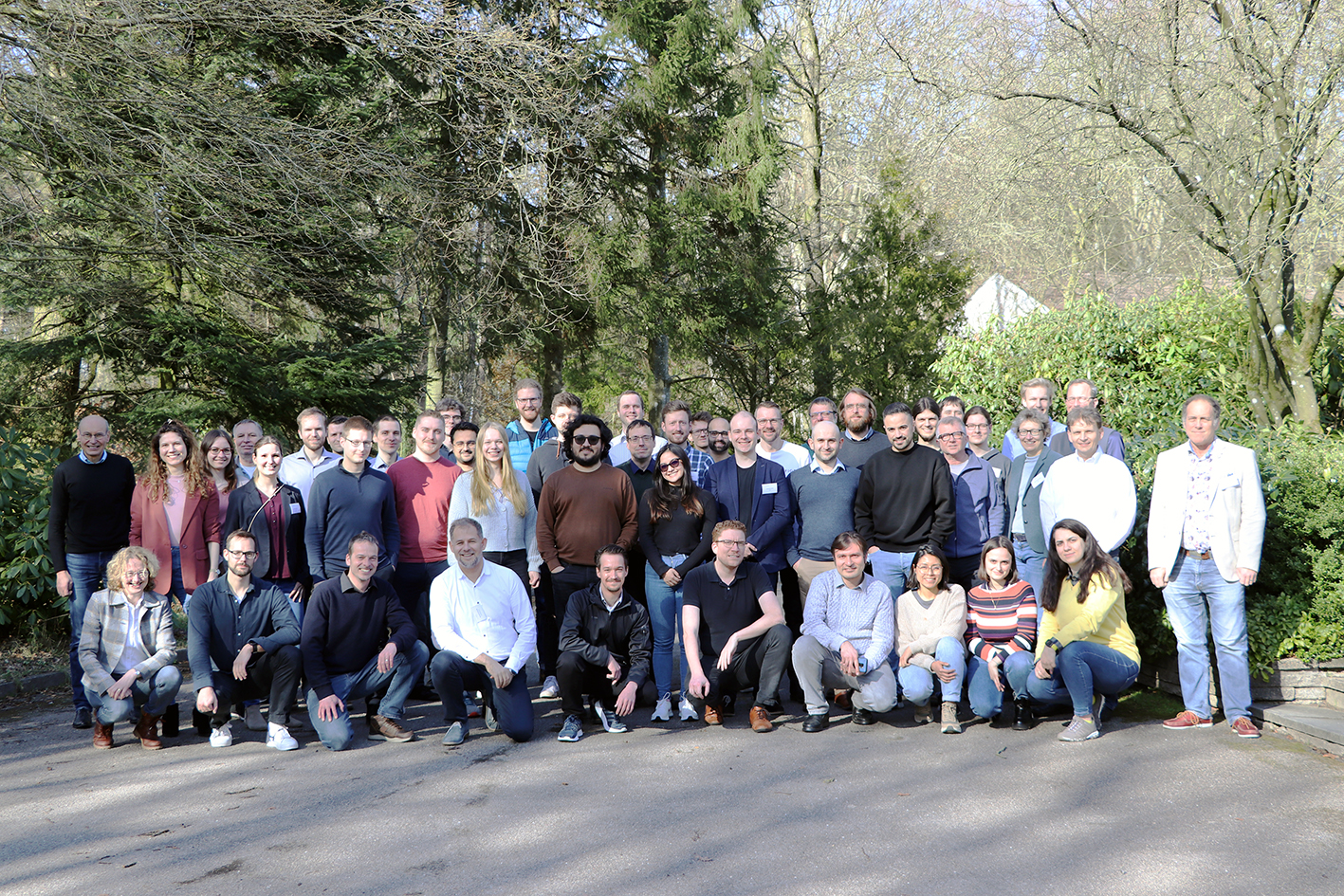Carolin Enzingmüller
Chemistry Education
see profile
+49-(0)431-880-3145
German Research Foundation funds collaborative research center on medical diagnostics with additional 12 million euros.
The German Research Foundation (DFG) is extending funding for the Collaborative Research Center (CRC) 1261 “Magnetoelectric Sensors: from Composite Materials to Biomagnetic Diagnostics” at Kiel University (CAU) to 2028. The project partners include the University Medical Center Schleswig-Holstein (UKSH), the Fraunhofer Institute for Silicon Technology in Itzehoe (ISIT), the Leibniz Institute for Science and Mathematics Education Kiel (IPN) and the University of Heidelberg. The 53 researchers from the fields of materials science, electrical engineering, physics, medicine and educational research will receive more than 12 million euros for the third funding phase of their interdisciplinary large-scale research project. The aim is to develop highly sensitive magnetoelectric sensors to improve medical diagnostic methods, particularly for heart disease and Parkinson's disease.

Parkinson's and other neurodegenerative diseases often manifest themselves in unsteady steps, slower movements and trembling hands. There is a difference whether these movement patterns are recorded in a medical laboratory or in the familiar surroundings of those affected. “Sensors that are used for measurements at home must be particularly simple and robust and, above all, deliver reliable results,” explains Gerhard Schmidt, Professor of Digital Signal Processing and spokesperson for the CRC 1261. “This is just one of the new application possibilities that our sensor technology is opening for medical diagnostics.” Other sub-projects of the CRC deal with the avoidance of invasive interventions, for example in the localization of cardiac arrhythmias.
The magneto-electric sensors of the SFB 1261 do not measure electrical activity like an ECG, but magnetic fields. These offer significantly better spatial resolution and are unaffected by the electrical conductivity of body tissue. Biomagnetic signals can even be measured without direct skin contact and therefore offer the potential for faster, clearer and more comfortable diagnoses for patients. However, these signals are very weak and susceptible to interference, which is why previous measurements had to be carried out in a cooled and shielded environment. The SFB 1261 is working on developing magnetoelectric sensors that are highly sensitive and work reliably in a normal room environment.
This interdisciplinary DFG research project will benefit from the IPN's expertise in science education and science communication. Its aim is to make the complex interrelationships and innovative developments in biomagnetic sensor technology understandable and accessible. Alongside the development of new didactic concepts for school and extracurricular education, interactive visual formats and their impact will be developed in collaboration with the Kiel Science Communication Network (KielSCN). The project findings should thus reach not only experts but also the general public, thereby contributing to scientific education and the understanding of modern medical technologies.
Researchers in the CRC have compared different sensor concepts and materials, developed a suitable electronic setup and optimized the signal processing since the DFG funding began in 2016. This has for example, enabled them to improve sensitivity by a factor of 10. To date, more than 200 scientific publications and international conference papers as well as ten patent applications have emerged from the CRC. “We are very pleased that we could convince with our work so far. In the third funding phase, we now want to further develop the most promising concepts specifically for various medical applications,” says Schmidt. There are also plans to launch a start-up company. The renewed extension means that the project has reached the DFG's maximum funding period for collaborative research centers of twelve years.
The structured teaching of new researchers is also a central component of the large-scale research project. Currently, 25 doctoral students are completing their doctorates here. Within the framework of the SFB, they have the opportunity to complete international research stays, take part in an exchange program with Pennsylvania State University, USA, and attend summer schools, mentoring programs and advanced training courses. Projects on research data management, public relations and gender equality are also firmly integrated into the CRC and will be further developed in the third phase.
Copyright Photo (Magnetic sensor): Viktor Schell